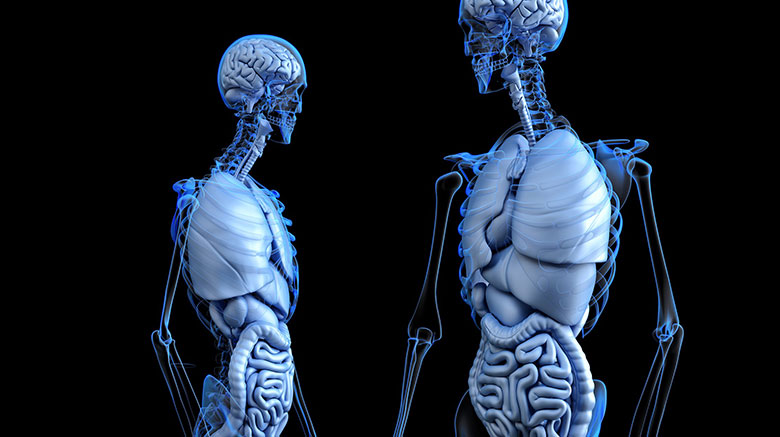Women’s lungs are smaller than those of men. Before you say “I knew it,” I want to tell you something surprising: the lungs are smaller in women even when we adjust for smaller size of women’s bodies. Furthermore, women have lower levels of hemoglobin, the molecule in the blood that carries oxygen to tissues. Lower hemoglobin levels might seem to require larger lung volume, to compensate for the reduced amount of oxygen circulating through the lungs. But women’s lungs are smaller, not larger and we don’t know why. Oddities like this can only serve as clues to the bigger picture that researchers have pursued for generations.
Long ago pulmonary physiologists figured out a few of the basic gender differences in normal lung function and constructed different tables of normal values for the tests doctors use to measure lung functions. For example, women have less residual volume (the amount of air that remains in the lungs after expelling all the air possible in a single breath) and, predictably, a lower vital capacity (the amount of air that can be moved in and out of the lungs in a breath) than men. More recently researchers have discovered other gender-specific characteristics of the pulmonary system. Progesterone (the hormone that is more abundant after ovulation) stimulates breathing- perhaps an evolutionary adaption to supply any newly fertilized egg with optimally oxygenated blood. Even lung efficiency is enhanced in midcycle, as oxygen and carbon dioxide diffuse more easily between the pulmonary capillaries and the alveolar sacs of the lung. As we discuss the lungs, let’s take a critical look at a few diseases that have disproportionately severe or unusual symptoms in women: lung cancer, chronic obstructive pulmonary disease, asthma, pulmonary hypertension, and sleep apnea.
Legato, M.J. (2002) Eve’s Rib The Groundbreaking guide to Women’s Health, Open Road Integrated Media, Inc. Ch. 11 pg. 211

